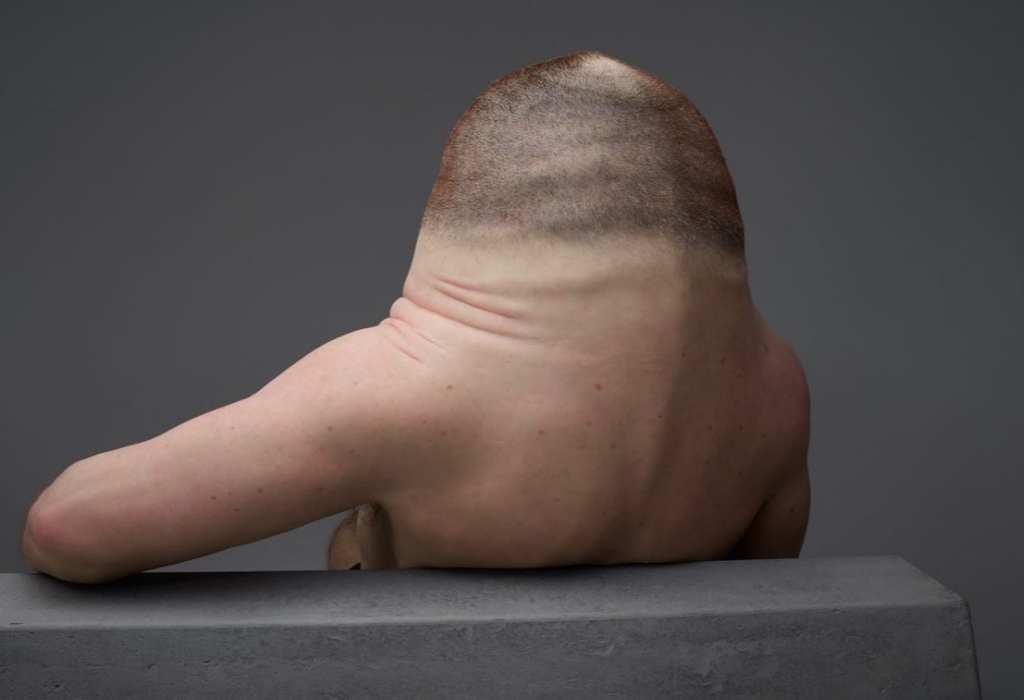Unfortunately, have not evolved as fast as cars, and this is the result in the US alone:

Photo Credit: DYK
The human body just isn’t built to cope with the kind of high-speed impacts that cars inevitably cause.
In an effort to remind people of how fragile we are, Australia’s government commissioned a road-safety engineer, an artist, and a trauma surgeon:

Photo Credit: VTAC
The three of them teamed up to create a sculpture that demonstrates just how vulnerable we are when it comes to sharing the world with automobiles.
That sculpture’s name is Graham, and, if we were to evolve the necessary features that would allow us to withstand automobile-related trauma, we would all look just like him.
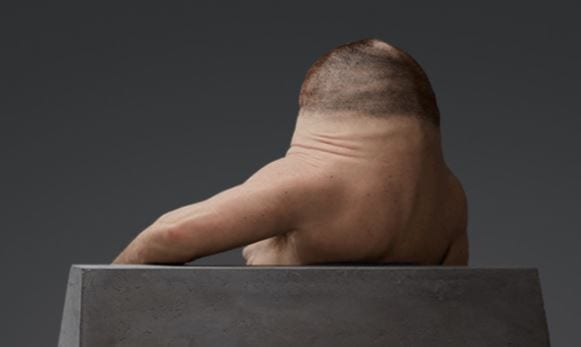
He’s built to withstand things like this:
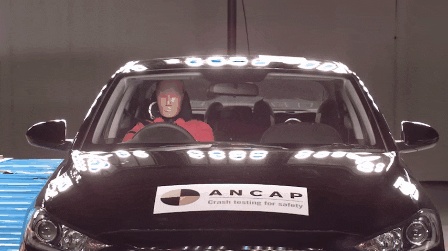
Photo Credit: VTAC
Even the strongest human is no match for a T-bone.
So a lot of modifications have to be made.
Even something as simple as skin must be readdressed to let a human stand up to such trauma.
Here’s a cross-section of Graham’s skin. It’s built with extra layers to better protect him.
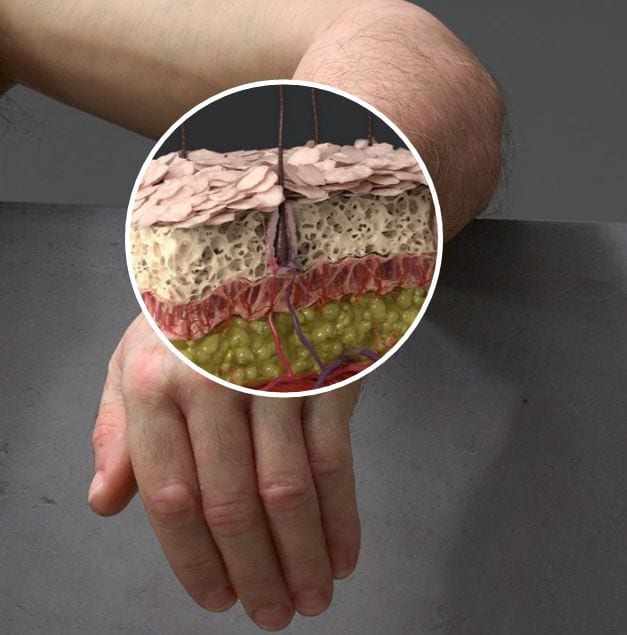
Photo Credit: VTAC
There’s a lot of glass and other debris involved in most accidents, and normal skin holds up about as well as a wet tissue keeps a sneeze at bay.
What about the ribs? They’re probably pretty important.
That is, after all, where the seat belt meets the person.
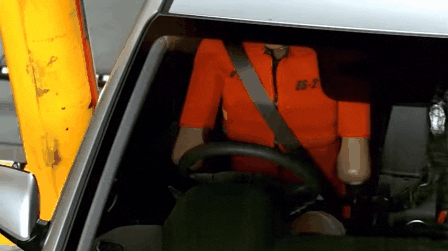
Photo Credit: VTAC
Our ribs are actually pretty strong, but they’re no match for the forces a crashing car can dish out.
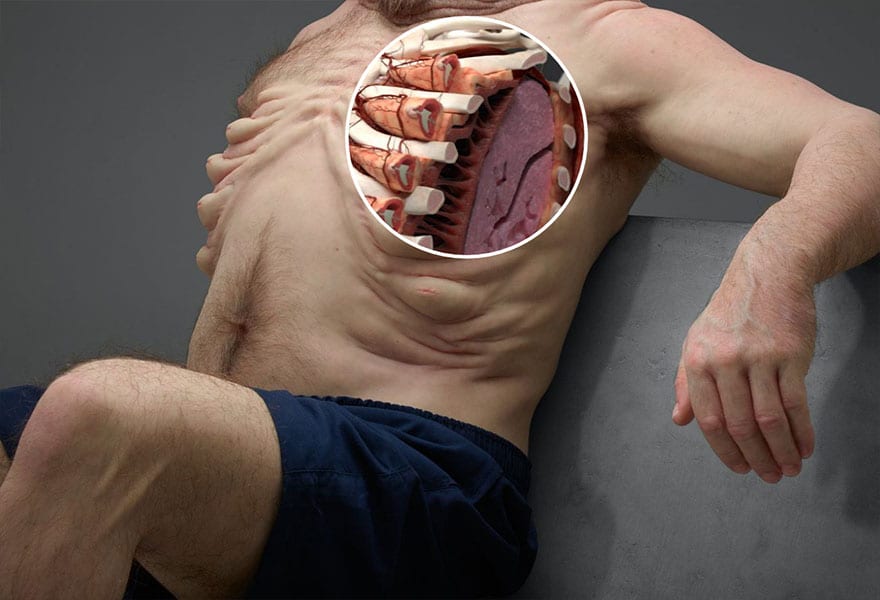
Photo Credit: VTAC
So, they’ve built Graham better, stronger.
He has extra ribs in between his normal ribs that serve as a sort of airbag to cushion and distribute the force of impact.
The normal rib cage has also been expanded and widened to much the same effect.
And there’s another little surprise:

Photo Credit: VTAC
You see those crazy looking extra nipples?
Well, upon impact they squirt out a liquid that absorbs and expels the energy of impact.
Basically, the extra ribs are like airbags for in between the normal ribs.
The neck is one of the most vulnerable parts of the body when it comes to car crashes. That’s why you can get whiplash from even a minor accident.
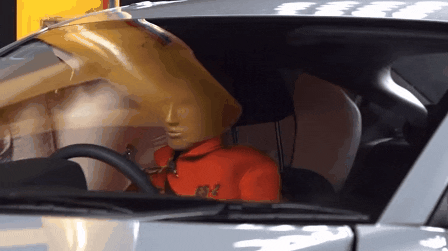
Photo Credit: VTAC
So the rib-cage is further expanded – not only to protect the neck, but to replace it entirely.
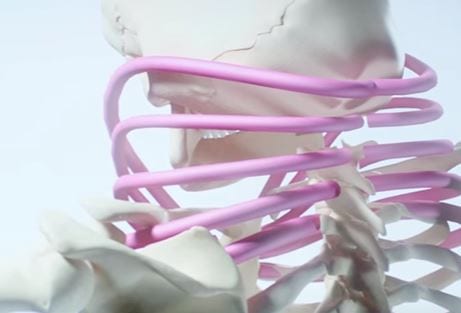
Photo Credit: VTAC
That would virtually eliminate whiplash.
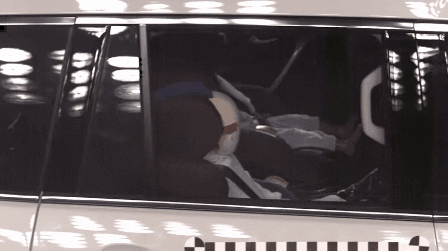
Photo Credit: VTAC
Now let’s focus on what the neck – or the extra bundle of ribs in Graham’s case – is supposed to hold up.
What about the skull?
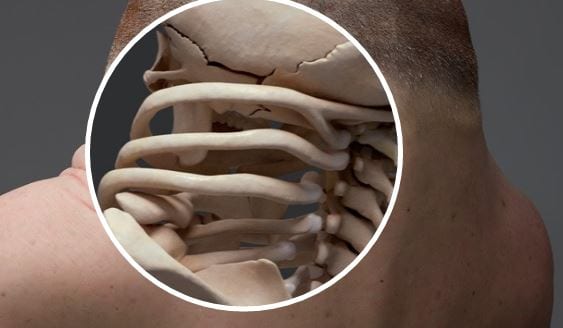
Photo Credit: VTAC
Our skull is basically a helmet.
And, in cases of one human hitting another, it does a pretty good job of working like an organic version of the helmet. It protects the brain with its hard shell and dissipates a bit of the blunt energy of whatever comes into contact with it.
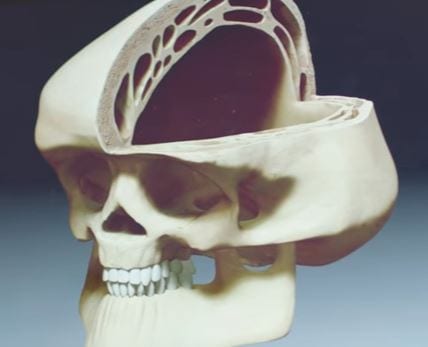
Photo Credit: VTAC
But once you step into a car, that thin sheath of bone really doesn’t do much to help you.
That’s why Graham’s skull has impact-absorbing crumple zones, just like most modern cars.
All to protect this baby: the brain.
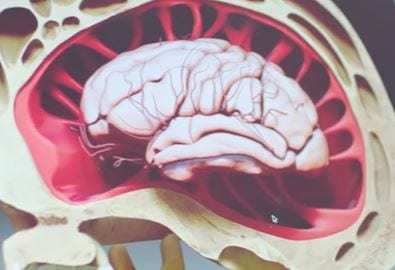
Photo Credit: VTAC
Our brains, though, do not sit in the skull like that.
We have cerebrospinal fluid surrounding our brains, which is perfect for absorbing the forces from low-speed impacts. Unfortunately, on a football field or in a car accident, it is not so helpful.
If we want our brains to survive car crashes, they need a better suspension system. And that’s just what the team has come up with for Graham:
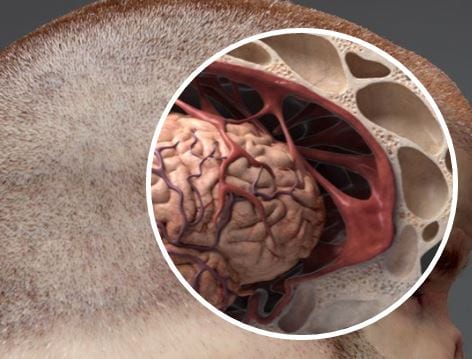
Photo Credit: VTAC
Along with a new design for the face:
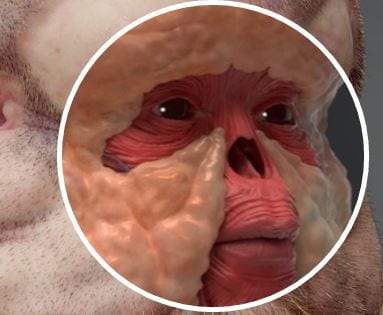
Photo Credit: VTAC
The protruding nose has been flattened out along with the rest of the face, and the designers tossed in some extra fat for cushioning.
No more broken noses and shattered cheek-bones.

